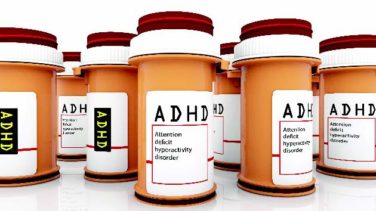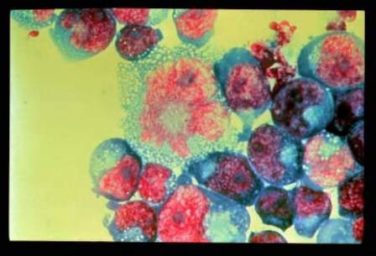FROM JOURNAL OF ADDICTION MEDICINE
The American Society of Addiction Medicine has released a practice guideline to help clinicians evaluate and treat opioid use disorder, with the ultimate goal of getting more physicians to provide effective treatment.
Effective treatment of opioid use disorder “requires skill and time that are not generally available to primary care doctors in most practice models,” so much of the treatment provided in primary care has been “suboptimal.” This has probably worsened what the Centers for Disease Control and Prevention has described as an epidemic of opioid misuse and related deaths, said Dr. Kyle Kampman and Dr. Margaret Jarvis , cochairs of the ASAM’s guideline committee.
“At the same time, access to competent treatment is profoundly restricted because few physicians are willing and able to provide it,” they noted.
This guideline “is primarily intended for clinicians involved in evaluating patients and providing authorization for pharmacologic treatments at any level,” said Dr. Kampman of the University of Pennsylvania, Philadelphia, and Dr. Jarvis, of the Marworth Alcohol & Chemical Dependency Center, an entity of the Geisinger Health System , Waverly, Pa.
To develop the guideline, the committee – experts and researchers in internal medicine, family medicine, addiction medicine, addiction psychiatry, general psychiatry, obstetrics, pharmacology, and neurobiology, including some with allopathic or osteopathic training – first reviewed 34 existing clinical guidelines and 27 recent studies in the literature assessing medications used with psychosocial interventions. None of the existing guidelines included all the medications currently in use, and few addressed critical special populations such as pregnant women, patients with comorbid psychiatric disorders, and patients with chronic pain.
The ASAM guideline specifically addresses these and other special populations (for example, adolescents, patients in the criminal justice system). It includes detailed sections on treating opioid withdrawal and opioid overdose, as well as comprehensive discussions of methadone, buprenorphine, naltrexone, and psychosocial therapies.
The guideline offers numerous clinical recommendations regarding patient assessment and diagnosis ( J Addict Med. 2015;9:358:67 ).
First, “addiction should be considered a bio-psycho-social-spiritual illness, for which the use of medication(s) is but only one component of overall treatment.” In addition to a thorough history and physical exam (including specific laboratory tests needed for this patient population), patients should undergo a mental health assessment with particular attention to possible psychiatric comorbidities. And since opioid use often co-occurs with other substance-related disorders, “the totality of substances that surround the addiction” should be assessed before treatment is considered.
Notably, the concomitant use of alcohol, sedatives, hypnotics, or anxiolytics with opioids can cause respiratory depression. Patients who use these agents may automatically require a higher level of care than that offered in typical primary care practices.
As well, social and environmental factors should be assessed, to identify both barriers to and facilitators for addiction treatment in general and pharmacotherapy in particular. “At a minimum, psychosocial treatment should include the following: psychosocial needs assessment, supportive counseling, links to existing family supports, and referrals to community services.” Physicians should be prepared to collaborate with qualified behavioral health care providers, the guideline states.
Urinary drug testing is recommended, both during the assessment process and frequently throughout treatment.
Regarding treatment, the guideline recommends considering the patient’s preferences, past treatment history, and the treatment setting when deciding whether to prescribe methadone, bupenorphrine, or naltrexone. The treatment venue is as important as the specific medication selected. Office-based treatment, which provides medication prescribed either weekly or monthly, is limited to buprenorphine only. It might not be suitable for patients who regularly use alcohol or other substances.
In contrast, treatment programs provide daily supervised dosing of methadone and, increasingly, buprenorphine. Methadone is recommended for patients who fail on buprenorphine or who would benefit from daily dosing and supervision.
Naltrexone can be prescribed in any setting by any clinician, but prescribers must be aware that adherence to oral naltrexone is generally poor, which often leads to treatment failure. Extended-release injectable naltrexone reduces but doesn’t eliminate adherence issues. Clinicians should reserve naltrexone “for patients who would be able to comply with special techniques to enhance their adherence, such as observed dosing.”
Dr. Kampton disclosed research ties with Braeburn Pharmaceuticals; Dr. Jarvis disclosed business ties with U.S. Preventive Medicine.





